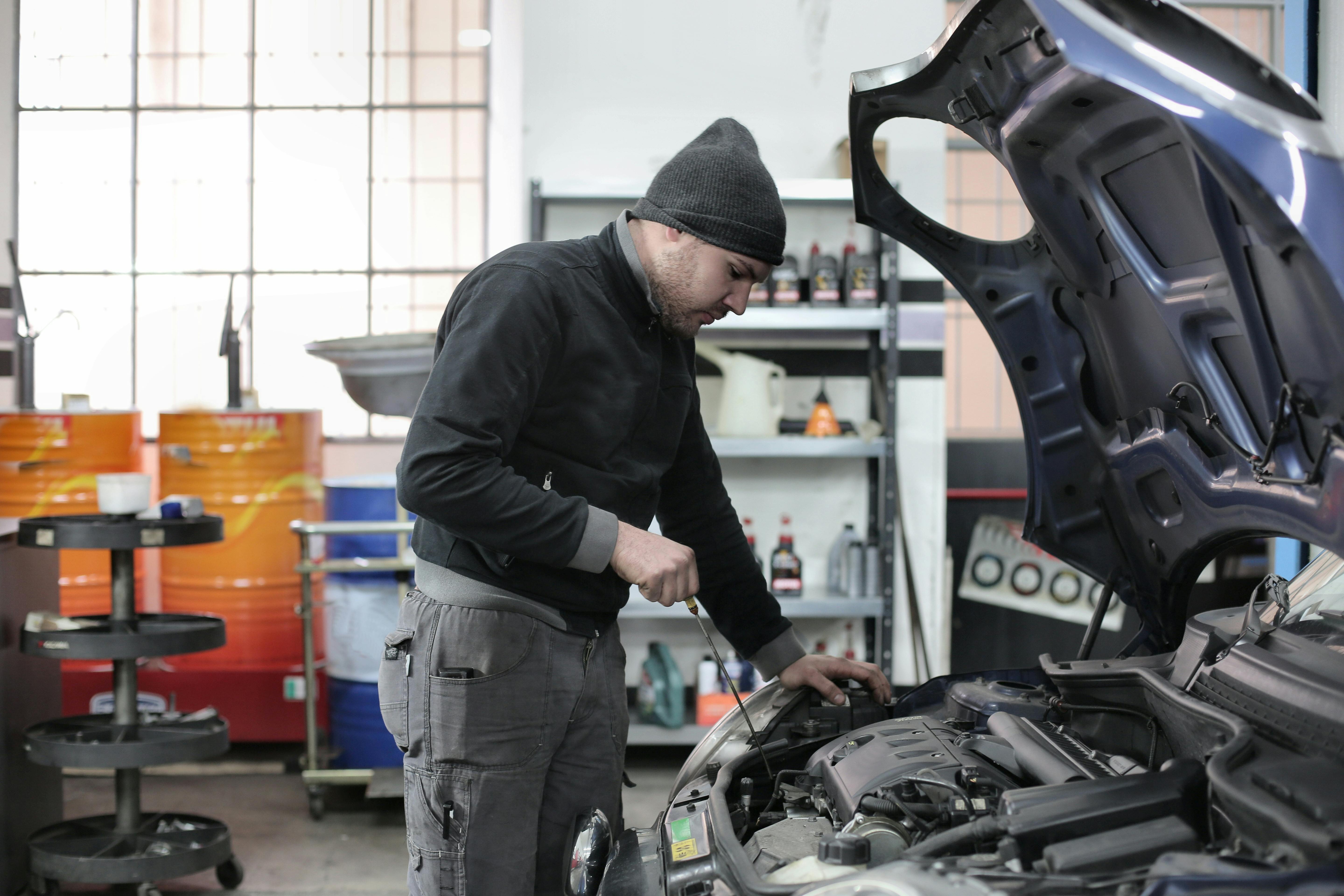How to Lookup and Fix Car Recalls: A Complete Guide
Author
Bahram Najafzadeh
Date Published

Every year, automakers issue recalls to address safety defects or non-compliance with federal safety standards. These recalls often involve critical systems like airbags, brakes, or engine components, and addressing them promptly is essential for your safety and the safety of everyone else on the road.
While manufacturers are legally required to notify owners, a mailed letter can be easily lost or missed. The best way to stay on top of your vehicle's safety is to be proactive. In this guide, we’ll walk you through how to check if your car is affected by a recall and the simple steps to get it fixed—at no cost to you.
Step 1: Check for Recalls Using Your VIN
Your Vehicle Identification Number (VIN) is the key to identifying any recalls associated with your car. The VIN is a unique, 17-character alphanumeric code that acts as your vehicle's fingerprint.
You can find your VIN in several common locations:
On the driver’s side dashboard, visible through the windshield.
On a sticker inside the driver’s side doorjamb.
On your vehicle's registration or insurance documents.
Where to Check for Recalls
There are several free and reliable resources for checking for recalls:
NHTSA Website (Recommended): The National Highway Traffic Safety Administration (NHTSA) is the federal agency that regulates vehicle safety. Their website,nhtsa.gov/recalls, is the most authoritative resource. Simply enter your VIN to see a list of any unrepaired safety recalls. You can also search by license plate.
Automaker's Website: Most major automakers, such as Toyota and Stellantis brands (Mopar), have a dedicated recall section on their websites. You can enter your VIN there for information specific to your vehicle.
Third-Party Websites: Resources like Check to Protect also offer free VIN lookup tools, often pulling from the same NHTSA database.
Step 2: Understand the Recall Details
Once you've confirmed a recall affects your vehicle, the report will provide key information to help you understand the issue and your next steps. The recall notice or online search result should include:
Description of the Problem: A clear explanation of the defect and the parts involved.
Potential Risks: The safety hazard associated with the defect (e.g., increased risk of a crash, fire, or injury).
Instructions: Details on how to get the repair done.
Step 3: Schedule a Repair Appointment
This is the most crucial step. Federal law requires manufacturers to remedy a safety-related defect at no charge to the owner. This is a fundamental consumer right.
Contact Your Dealership: The most efficient way to get a recall fixed is to call a local, authorized dealership for your vehicle's brand. The dealership is equipped to handle recall repairs and has a direct relationship with the manufacturer.
Provide Your VIN: When you call, have your VIN ready. This allows the service center to confirm the recall and order any necessary parts for the repair.
Schedule an Appointment: Arrange a convenient date and time for the repair. If the part is not in stock, they can inform you of the expected timeline.
Step 4: What to Expect During the Repair
The recall repair process is designed to be as seamless as possible for the vehicle owner.
Cost-Free Repair: You will not be charged for the parts or labor to fix a safety recall, even if your vehicle is out of warranty or you are not the original owner. This financial obligation falls entirely on the manufacturer.
Repair Time: The time required for a recall repair can vary dramatically. It could be as quick as a 30-minute software update or as long as several days for a major component replacement.
Loaner Vehicle: For lengthy repairs, some manufacturers and dealerships may offer a loaner vehicle or reimburse you for a rental car. You should ask about this when you schedule your appointment.
Reimbursement: If you previously paid for a repair that was later included in a recall, you may be eligible for a reimbursement from the manufacturer.
Step 5: Follow-Up and Documentation
After the repair is complete, take these final steps to ensure your records are up to date.
Request Documentation: Ensure you receive a work order or a similar document from the dealership that clearly states the recall repair was performed.
Keep Records: Store this repair documentation with your vehicle’s service records. This is proof that the issue was addressed, which is useful if you ever sell the car.
Periodically Recheck Your VIN: New recalls are issued all the time. It is a good practice to periodically recheck your VIN on the NHTSA website, especially for a used vehicle, to ensure no new recalls have been issued.
Final Thoughts: Be Proactive for Your Safety
Vehicle recalls are a vital part of maintaining road safety and vehicle reliability. By regularly checking for recalls and promptly addressing any issues, you are taking a proactive step to protect yourself, your passengers, and others on the road. The process is straightforward, cost-free, and essential for peace of mind.

Navigating your next smog check doesn't have to be a headache. Our guide gives you a simple DIY checklist to help your car pass the test with ease.

Pass your smog test with ease. Learn 8 essential tips, from warming up your engine to checking the "Check Engine" light, for a successful inspection.